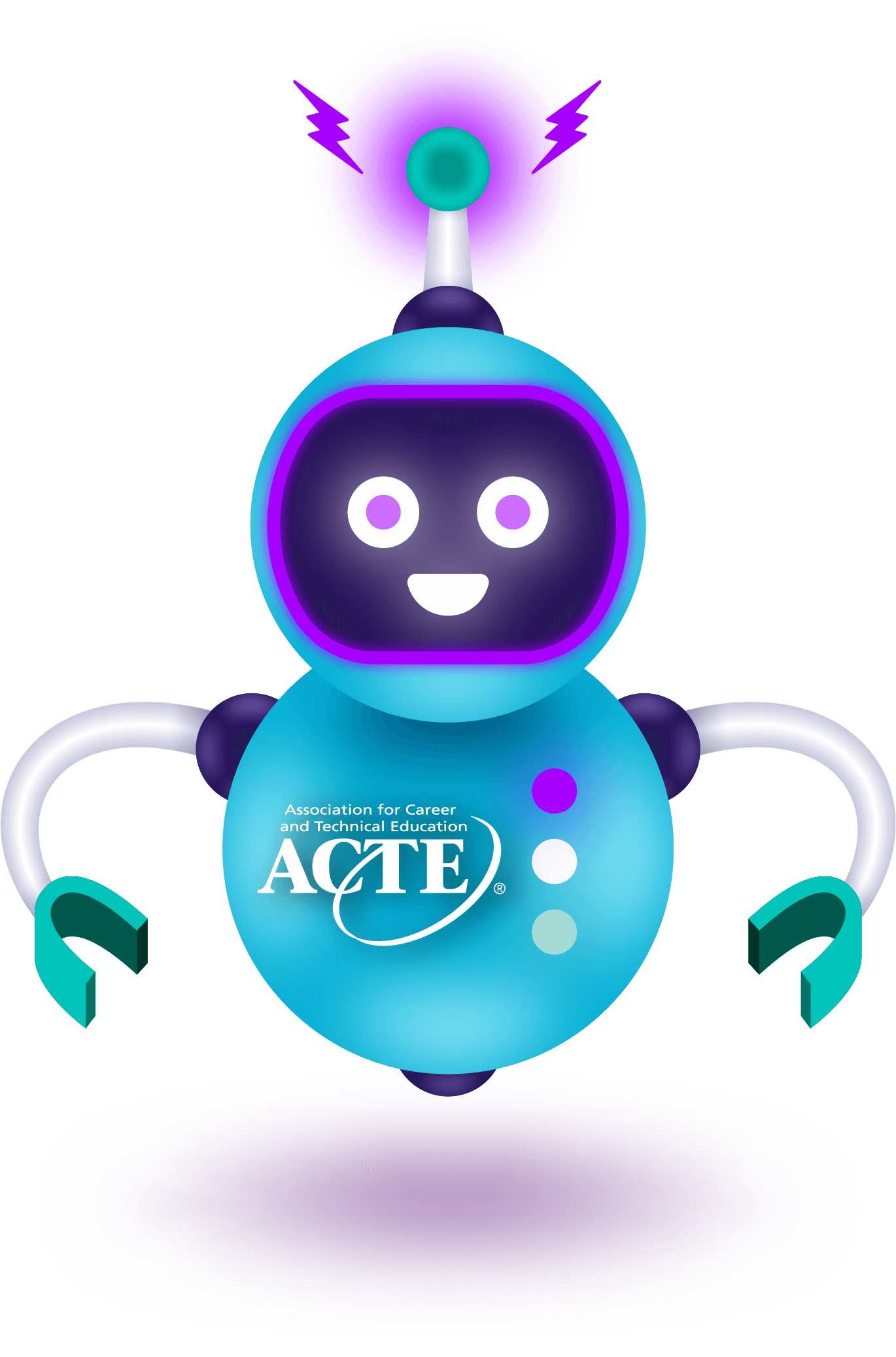CTE programs must integrate digital learning tools that expand access, deepen engagement and drive better outcomes.
The goal is to amplify traditional instruction — not replace it. When used strategically, technologies like interactive video, augmented and virtual reality, and mobile-friendly learning platforms create richer, more responsive learning environments. They reinforce critical academic and technical concepts, help students build confidence, and encourage them to explore career pathways that might otherwise remain out of reach.
The long-term success of CTE depends on how well we blend innovation with experience. We must rethink what’s possible in and beyond the classroom.
Prioritize engagement.
Digital tools that boost engagement do more than capture attention, they increase completion rates and credential attainment while preparing learners for the real world.
When students are interested in what they’re doing, they stick with it. When they feel capable, they try harder. And when they’re given tools that support active learning, they take ownership of their progress.
Students today are fluent in visual language. They live in a world of multimedia where they can readily stream interactive videos on Netflix, create user-generated content on Roblox, or build an entire world in Minecraft. And they expect that same personalized experience in their education. Whether it’s through collecting badges, earning experience points, completing challenges or leveling up through missions, the mechanics of game-based learning can turn abstract concepts into tangible goals.
The Autodesk AutoCAD software — which is also used by real-world construction professionals — allows students to engage in processes related to installing a piece of equipment or troubleshooting a system. Rather than simply watching, learners make decisions within an interactive video or solve scenario-based problems in a gamified environment. They are asked to choose next steps, identify mistakes and model solutions. They get instant feedback and can try again. This program also gives instructors valuable insight into where students may be struggling, creating a clearer path for targeted support.
Bring the industry into the classroom.
Not every school has access to a welding shop, heavy equipment or a full construction lab. It’s not realistic to stage a crane in the parking lot of every high school. But every student deserves exposure to what careers in those environments look like. That’s where augmented reality comes in.
For example, an AR app might show a scaffolding setup and prompt the student to identify what’s unsafe about it. Are the ladders properly secured? Is fall protection in place? These are tools of exposure, practice and confidence-building. They also offer a safe space for trial and error, giving students the freedom to fail, try again and improve without fear of real-world consequences.
Reclaim classroom time.
Digital tools also offer an opportunity to rethink how classroom time is used. The concept of a flipped classroom — where students review instructional content at home and use class time for application — gained traction years ago and remains relevant today. This model allows students to absorb foundational knowledge before class through videos, animations or guided simulations. When they arrive in the classroom, they’re ready to engage in hands-on work, peer collaboration or deeper problem solving with their teacher’s support.
Doing that key pre-work also encourages active participation. Teachers can open with simple reflection questions like “What do you already know? What do you want to know?” or facilitate small group discussions to reinforce concepts, challenge preconceptions and spark curiosity.
Practice freely and without penalty.
Digital learning tools support repetition and repetition, allowing us to meet more students where they are. If a student struggles to understand how to wire a circuit, for example, they can return to a simulation after class hours, on their own device, and practice until they get it right. No need to wait for shop time or classroom access. No fear of judgment from peers. Just quiet, consistent practice at their own pace.
This flexibility is critical for building confidence and keeping learners from falling behind. It’s also a powerful tool for teachers, as the right platforms allow them to track progress and identify students who may need more support. In this way, digital tools act not just as enrichment opportunities, but also as safety nets to ensure every learner has a path to success.
Facilitate sharing and connection.
Digital tools also open doors for student-led storytelling and community engagement. We should welcome the use of platforms that allow students to save simulations, take screenshots of completed projects or track their performance over time. That data can be used to create portfolios, showcase learning and demonstrate growth in a modern-era science fair environment.
In the classroom, students can share their work with their peers. Outside the classroom, select projects can be shared publicly to raise awareness about the real-world impact of CTE.
Conclusion
Many CTE programs are already using digital learning to reinforce hands-on instruction — but there’s still room to grow. The next evolution will bring tools that reflect the technologies students will encounter in real-world careers. Think drones and AI to teach surveying basics, 3D modeling software like SketchUp or Revit to help students visualize how buildings come together, or mixed reality simulations that prepare students for complex or hazardous tasks before they step onto the job.
It’s important to note that the goal isn’t to chase trends or tech for tech’s sake but to equip learners with relevant, hands-on experience that reflects the modern construction industry. When used thoughtfully, the right technology extends the impact of what great teachers are already doing.
The CTE classroom has always been a place where students learn how to perform tasks and think like professionals. Digital learning tools enhance experiential learning. They fill in the gaps where access is limited. They meet students where they are with the technology they already use. And they allow teachers to personalize instruction and maximize precious classroom time.
Most importantly, they show students what’s possible.
Jennifer Cantave is director of product development at the National Center for Construction Education and Research (NCCER).
Lisa Strike is chief learning officer at NCCER.






